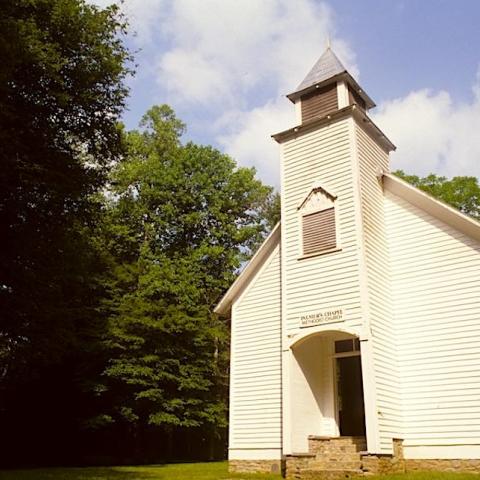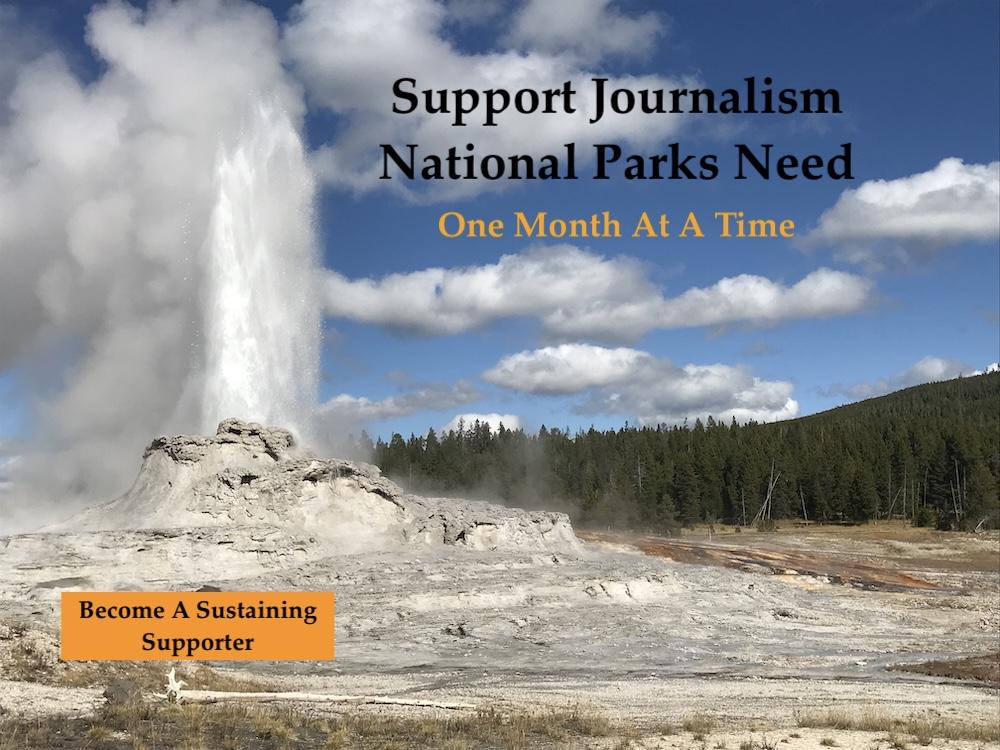
Where will you head to find shorebirds on World Shorebirds Day?/Kirby Adams
Autumn travel may be all about the colors. Leaf-watchers head to Acadia, Shenandoah, and Great Smoky Mountains national parks in droves. Traffic jams aside, that’s a fine way to spend September and October. But before the leaves change, the birdwatchers are out looking for a lot of brown. The first weekend of September, after all, is World Shorebirds Day.
Shorebirds spend countless hours catching insects and other invertebrates on beaches and mudflats, but they haven’t captured much respect from those outside the birding community. The aforementioned “50 shades of brown” could be part of the problem. In the fall they are certainly not the most colorful group of birds.
Still, to most people they’re all just “sandpipers” without distinct life histories. We could change that by taking everyone to the arctic tundra in June to see the striking breeding plumage and wild mating displays of these birds. In lieu of that, we could celebrate them by asking folks to get out on a particular day or two and count how many (and of what species) are nearby. That’s exactly what World Shorebirds Day is about.
It’s no secret that some shorebirds are in trouble. The Piping Plover is an endangered species for which portions of beaches are closed in the national lakeshores (without much incident) and some Atlantic national seashores (with much consternation). Red Knots are severely threatened by the decline of horseshoe crabs, which produce their favorite food – horseshoe crab eggs.
One of the more notable bird extinctions of the 20th century was the Eskimo Curlew, once one of the most abundant shorebirds in the New World. In the late 19th century Eskimo Curlews were slaughtered by market hunters at a rate of about 2 million birds per year. Despite some tantalizing reports in the 1980s and ‘90s, the bird is almost certainly extinct today.
While market hunting is no longer a major concern, habitat loss from development and rapid climate change is a serious threat to many shorebirds. The Buff-breasted Sandpiper was nearly hunted to extinction along with the Eskimo Curlew, but recovered through the twentieth century only to apparently be declining again in the face of the modern threat of habitat atrophy.
The key word in that last sentence is “apparently.” We can’t truly know how well or poorly a species is doing if we don’t count them. It’s obviously not possible to count every Buff-breasted Sandpiper in the world simultaneously, but then again - why isn’t it? There are human beings in every corner of the world. If everyone got out over the course of a couple days during migration, we could obtain a good snapshot of how many birds existed and where they were.
The Global Shorebird Counting aspect of World Shorebirds Day is a step toward that goal. Now in its second year, it’s not yet a true citizen science project in itself, but aims to raise awareness about the need for monitoring shorebirds. It also helps birders of all skills who aren’t actively involved in fieldwork to hone their counting skills.
All you have to do to participate in World Shorebirds Day is go out and count some shorebirds on September 4th, 5th, and 6th,, then submit your results to eBird using the World Shorebirds Day protocol. That’s it, you’re now a shorebird counter! If you know where you’ll be that weekend, you can go to the WSD map and register your count by placing a pin on their Google map.
From the looks of the map today, the national parks aren’t well represented. Does anyone out there plan to be around Cumberland Island, Cape Hatteras, or Gulf Islands? How about Indiana Dunes or Point Reyes? And don’t forget about inland sites, especially in the plains. Badlands National Park would be a great place to look.
Before you head out shorebirding, remember to pick up a copy of The Shorebird Guide, one of the pioneering books in the holistic bird identification movement. No one ever said fall shorebirds were all that easy to identify, but that’s part of the fun, isn’t it?




 Support Essential Coverage of Essential Places
Support Essential Coverage of Essential Places






